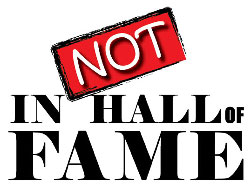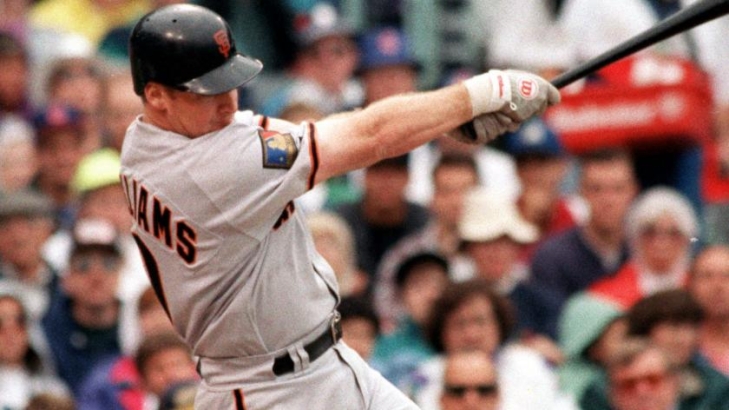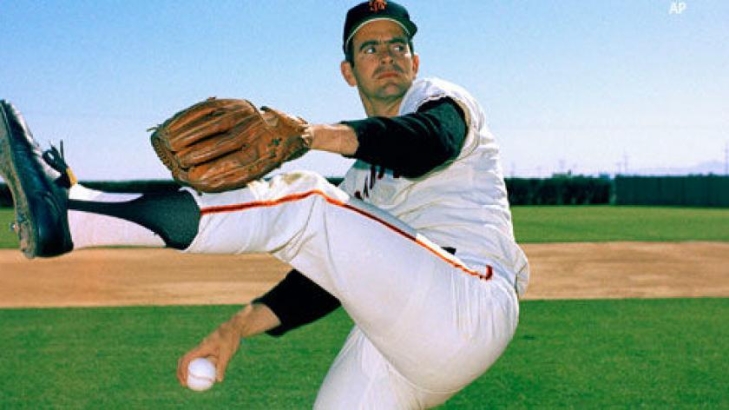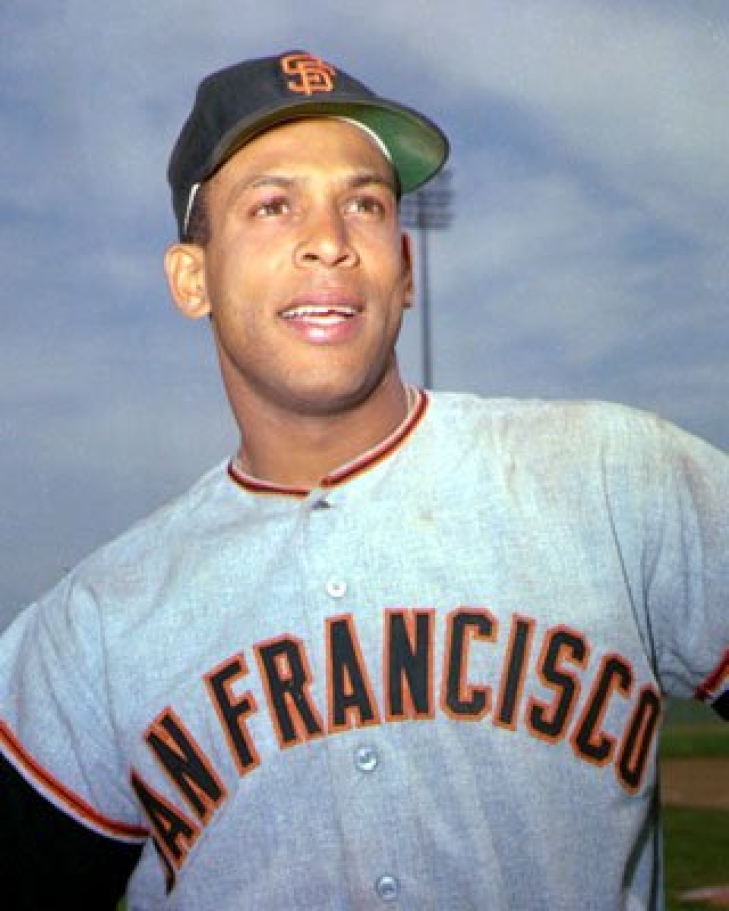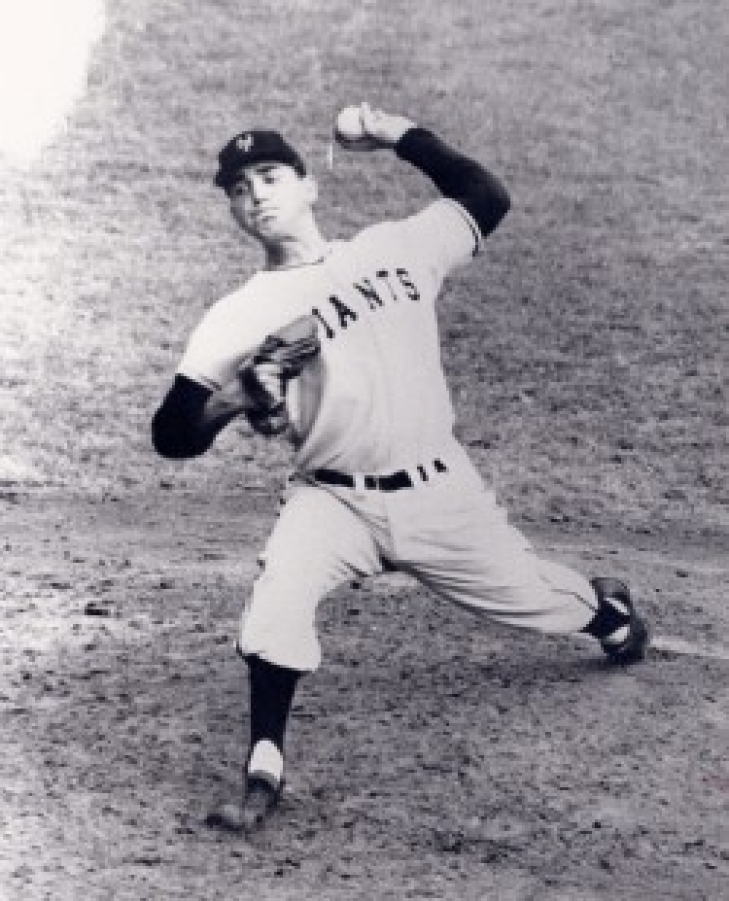
Committee Chairman
23. Matt Williams
Matt “The Bat” Williams impressed the scouts at UNLV so much that he was the Third Overall Pick in 1986, and a year later, he first made the Giants, but the first three years were a little on the ugly side.
From 1987 to 1989, Williams was strong defensively at Third and Short but had not found his hitting, batting under .200 with 34 Home Runs in 747 Playoff Appearances. The power was there, and he was helpful in San Francisco reaching the 1989 World Series, but the improvement was still needed, and Williams rose to that challenge in 1990.
Now the everyday Third Baseman, Williams, broke out with 33 Home Runs, a league-leading 122 RBIs, and an elevated Batting Average of .277. An All-Star and Silver Slugger this year, Williams smacked at least 20 Home Runs each of the next six years, including 43 in 1994, which led the league. He was also second in MVP voting in '94 and began a three-year streak of All-Star Selections. Williams also added a second Silver Slugger in 1994 and was a three-time Gold Glove winner for the Giants defensively.
San Francisco traded Williams to Cleveland in 1997, ending his run with the Giants with 247 Home Runs, 732 RBI, and 1,092 Hits. The Giants honored Willams by inducting him as a member of their inaugural Wall of Fame Class in 2008.
25. Gaylord Perry
Gaylord Perry spent more time with the San Francisco Giants (ten years) than he did with any other team, but the Cooperstown resident is not one of the first Pitchers you think of when the story of the Giants is discussed. Perhaps, that is because he won his two Cy Young Awards elsewhere (Cleveland and San Diego), but it was in SF where he became a star.
The spitball master did not learn that trick pitch right away. He first debuted for San Francisco in 1962, mostly coming in from the bullpen, and he did not stick in the Majors until 1964, the same year he adopted the spitter.
Perry had his break-out year in 1966, finishing 21-8 with an ERA of 2.99. He went to his first All-Star Game and fanned 201 batters, the first of four times he struck out at least 200. Now the ace of the staff (or at least at the top of the rotation), Perry kept compiling good numbers, keeping his ERA under three for the most part, while also leading the NL twice in Innings Pitched (1969 & 1970). His best season as a Giant was in 1970 when he was again an All-Star and led the NL in Wins (23). Perry was second in Cy Young voting that year.
Perry was an outstanding hurler, but the Giants thought that at age 33, his best years were behind him. He was traded to Cleveland and promptly proved that San Francisco was wrong, and it remains one of the worst trades in franchise history.
Perry had 1606 Strikeouts with a 134-109 Record with the Giants, and he entered the Baseball Hall of Fame in 1991. San Francisco retired his number 36 in 2005, and three years later, he was part of the monstrous first class of their Wall of Fame.
28. Orlando Cepeda
From Puerto Rico, Orlando Cepeda was one of the first baseball superstars from the Caribbean Island, which continues to produce some of the best players to this day.
Cepeda joined the Giants in 1958, the franchise's first year in San Francisco, and he was the first Giant star to begin his career on the West Coast. Winning the National League Rookie of the Year in a unanimous vote, Cepeda led the league in Doubles (38), smacked 25 Home Runs, and batted .312.
This man was no one-year wonder, as Cepeda then went off on a six-year All-Star streak, all in seasons that he would at least belt 24 Home Runs and bat over .297. Cepeda batted over .300 six times in San Francisco, winning the Home Run Title in 1961 (46) and the RBI Title (142), and was second to Frank Robinson for the MVP.
Cepeda suffered a knee injury in Winter Ball in 1963, but he powered through it to the point where fans had no idea he was in constant pain. It was not for two years later that he had to take time off, but he was awful, batting well under .200 with one Home Run in 34 Games. He would return to the regular lineup in 1966, but he was not the same player and was traded to the St. Louis Cardinals during the season.
As a Giant, Cepeda batted .308 with 1,286 Hits and 226 Home Runs.
Cepeda entered the Baseball Hall of Fame as a Veteran's Committee entrant in 1999, and San Francisco responded that year by retiring his number 30. He was also part of the Giants first Wall of Fame group in 2008.
27. Johnny Antonelli
Johnny Antonelli received one of the biggest bonuses ($52,000) when the Milwaukee Braves signed the high school star in 1948. It caused resentment in the Braves locker room, so much so that fellow hurler Johnny Sain pushed for Antonelli to be blackballed from the loser's share of the 1948 World Series purse. He would get his share ($571.31) when the Commissioner intervened, but Antonelli was always on the outside looking in. After spending time in the military, another Braves star, Warren Spahn, convinced management that Antonelli was expendable as they had "too many lefthanders," and he was traded to New York, where he thrived as a Giant.
Antonelli had to have a chip on his shoulder, and the new scenery was just what the doctor ordered. His first season as a Giant was his best, going 21-7, while he led the NL in ERA (2.30) and ERA+ (178) and went 21-7 with a third-place finish in MVP voting, and was The Sporting News Pitcher of the Year (the Cy Young didn't exist yet). It was a perfect end to the year, as Antonelli helped the Giants win the World Series.
An All-Star six times as a Giant, Antonelli was entrenched throughout the rest of the 1950s at or near the top of New York (then San Francisco) rotation. The Giants, and Antonelli for that matter, did not have a year like '54 over the rest of his run for that team, but he was still a very good pitcher with a record of 108-84 with a 3.13 ERA for the team.
Antonelli was traded to Cleveland after the 1959 Season, and he was out of Baseball less than two years later. He might not have been worth his bonus, but it was the best bonus the Giants never paid.
